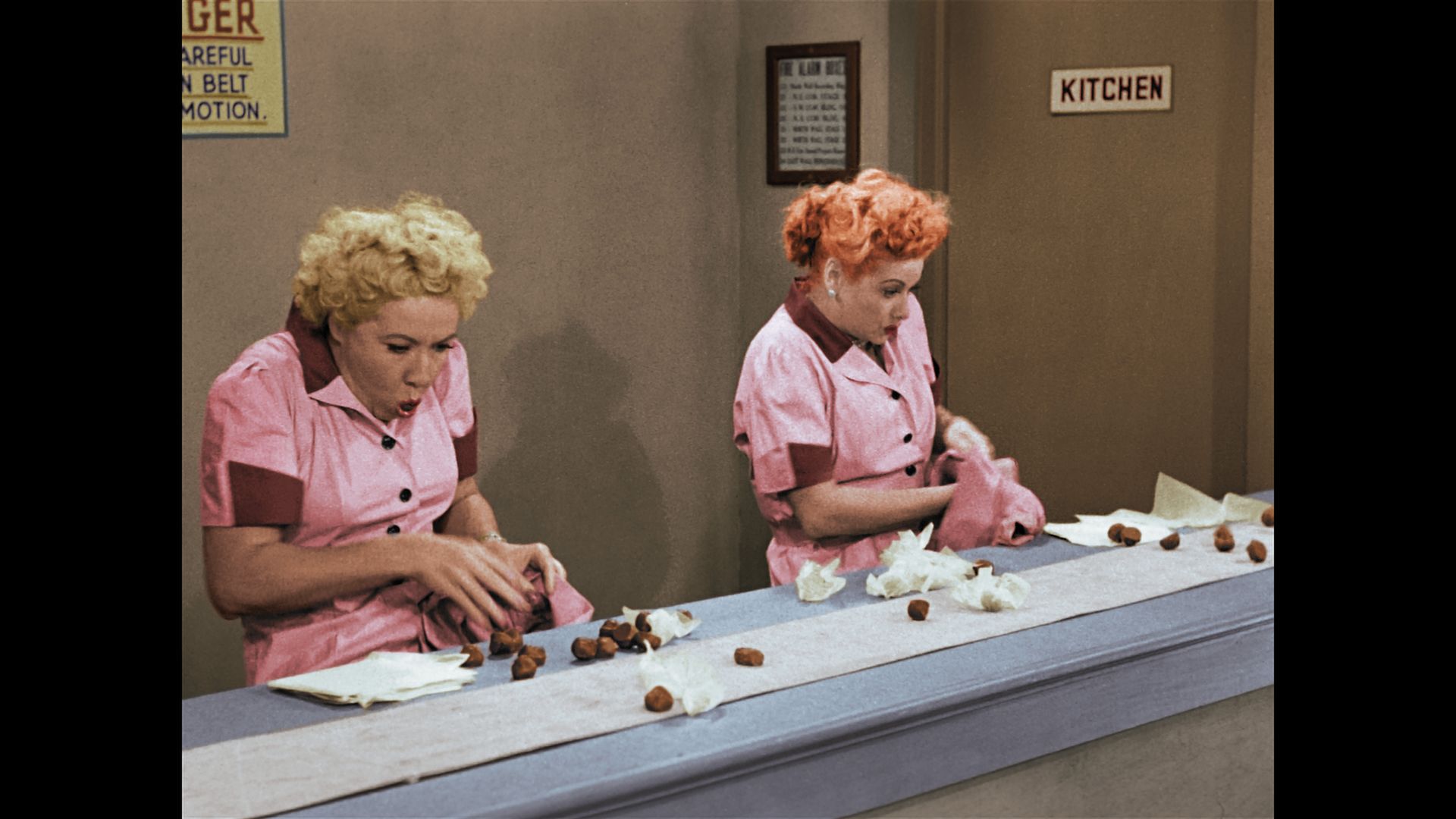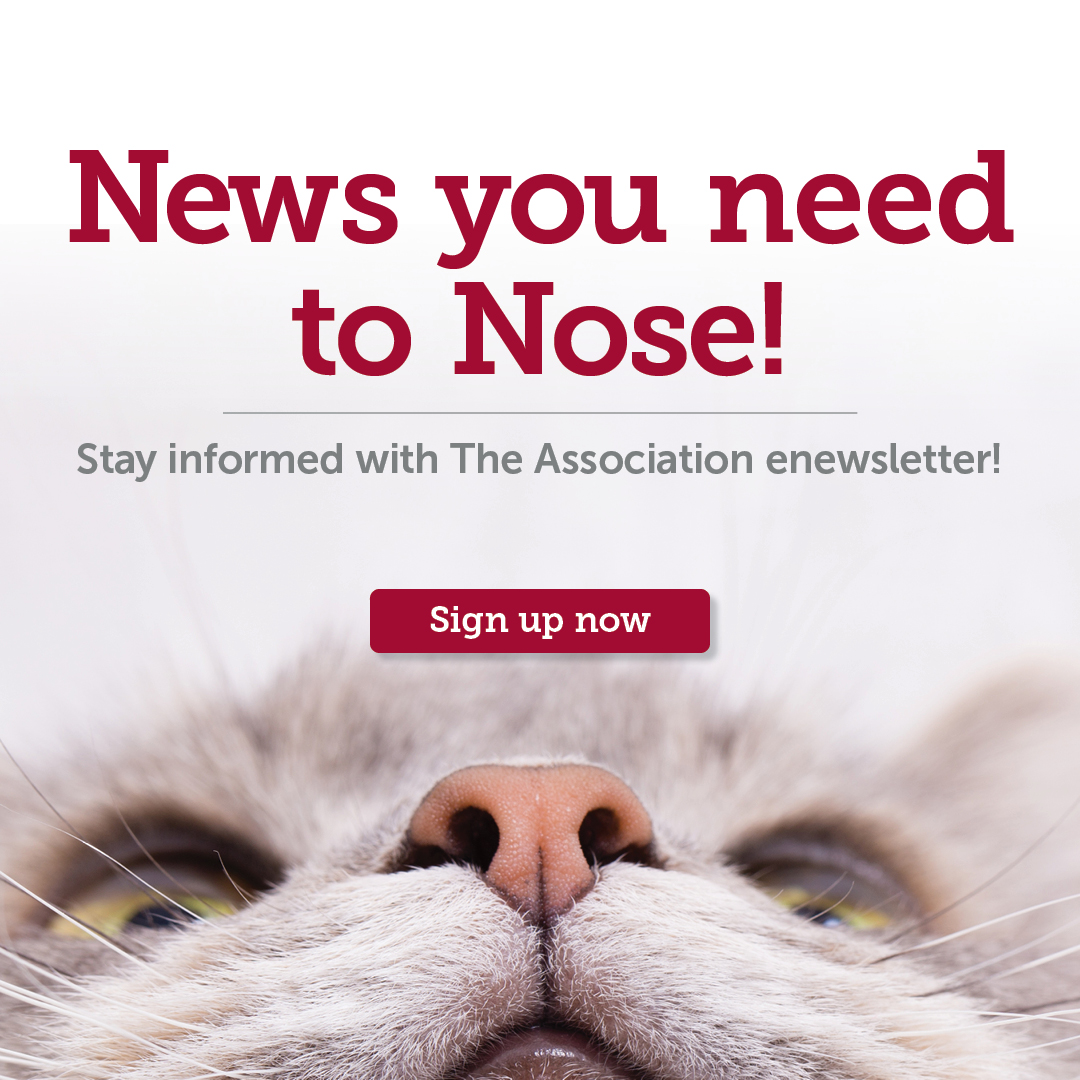News, ideas & inspiration from industry leaders

How to Change What’s Not Working, Part 4: Identify & Eliminate Waste
Fourth in a five-part series based on Dan Heath’s keynote at The Annual Conference
In his dynamic keynote at last year’s Annual Conference, bestselling author and change expert Dan Heath shared five powerful strategies for resetting what’s not working in organizations. This post focuses on the fourth strategy: Restacking Resources – specifically, by identifying and eliminating waste.
Brand New Take on What Is Waste
Waste is not just about trash or inefficiency. Heath reframes “waste” through the lens of the legendary Toyota Production System, defining it as “any activity that doesn’t add value for the customer.”
Waste is about how time, money and energy are spent in ways that don’t directly serve the people and animals we’re here to help. Even well-meaning activities can be wasteful if they’re addressing problems that shouldn’t exist in the first place, like fielding phone calls about issues that could’ve been prevented.
A Case Study in Eliminating Waste
Heath shared a compelling example from a radiology clinic that was facing long wait times for CT scans. Rather than throw more money or staff at the problem, they borrowed from Toyota’s playbook and launched a five-day Kaizen improvement sprint. They brought together a cross-functional team (techs, nurses, doctors and support staff, including receptionists) to map out the patient experience, step-by-step.
When they looked at the entire system together, small inefficiencies started to surface. For example, patients weren’t receiving the required contrast drink until well after checking in, which delayed the scan process. The solution was to move a fridge near the reception desk and start the clock right at check-in. (Shelters, your intake or adoptions process may be a similar place to start.) This simple change — paired with other adjustments, like better role alignment — eliminated a two-week wait time and increased capacity from 64 to 84 patients a day.
And they did it all in less than a week, without adding new staff, space or equipment.
The Power of Perspective
What made this transformation possible wasn’t just a better process. It was a better perspective. Heath emphasizes that you can’t identify operational waste unless you can see the whole system, and that only happens when people from different parts of the organization come together to share knowledge and experience.
This principle holds true in animal welfare organizations, too. Front desk staff, adoption counselors, veterinary teams, development and marketing staff, volunteers—each plays a vital role, and yet they’re often siloed. When we zoom out and view our work as one connected system, simple changes can unlock massive value for the people and animals we serve.
Home, Neat Home
Heath even shared a personal example: the daily chaos of getting his young daughters out the door for school. A consistent source of stress in their home was missing shoes and socks. The fix was to create a single drawer by the back door with every pair in one place. One small change = big impact + less stress + more calm.
Waste hides in plain sight — at work and at home. By looking closely at where our time and energy go, we can free up resources to reinvest where they really matter.
Do you have a hunch about what kind of waste is hiding in plain sight in your organization?
Learn More
How to Change What’s Not Working, Part 1: Study the Bright Spots
How to Change What’s Not Working, Part 2: Ask the Miracle Question
How to Change What’s Not Working, Part 3: Target the Constraint



